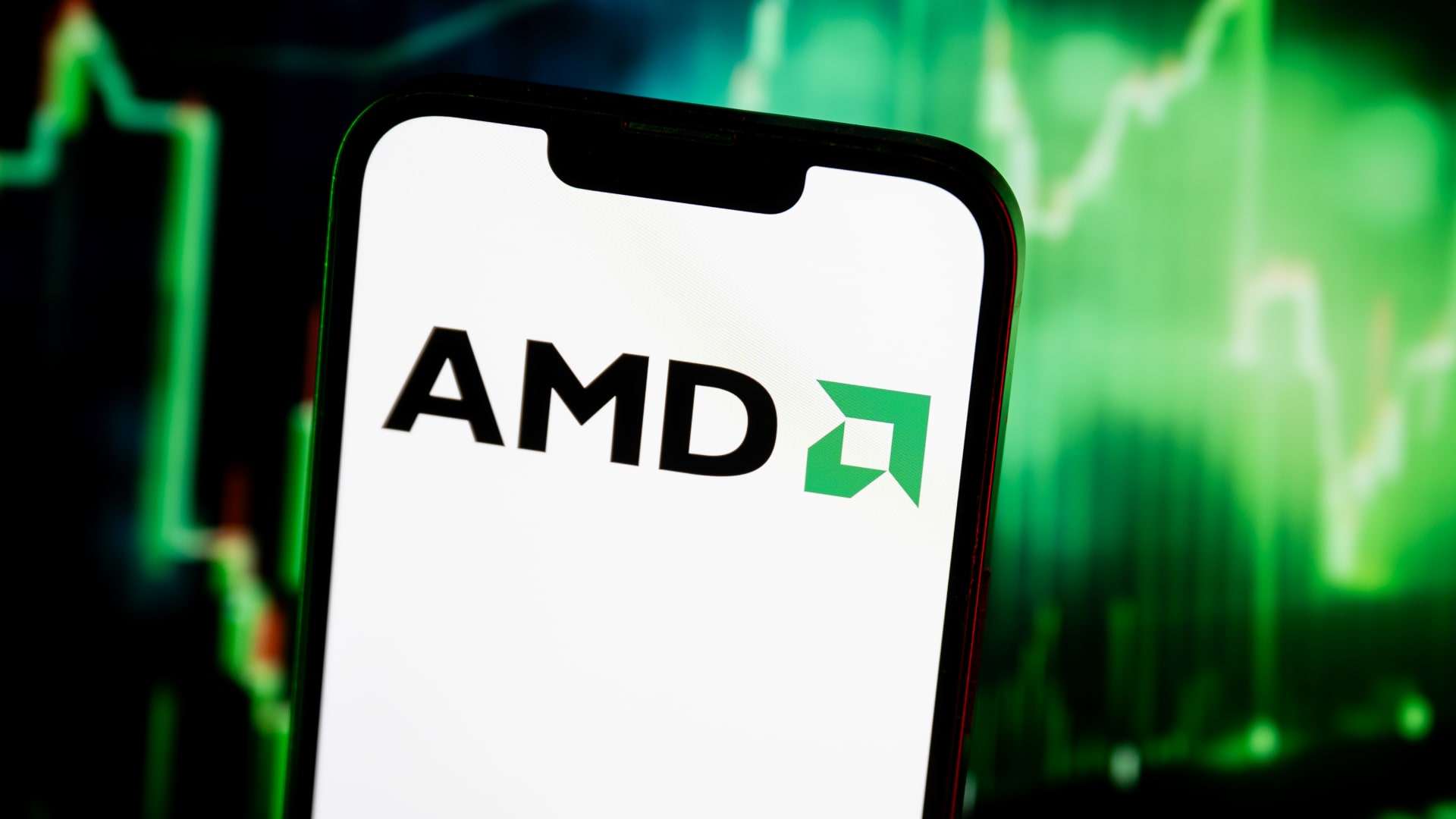In physics, the “observer effect” is an observer’s impact on the behavior of the subject being observed. Traders and investors are more than mere observers; they are participants. In such a system, it’s possible to create a feedback loop in which traders’ perceptions impact prices (or even fundamentals), which impacts their perceptions. There may be no better example of this reflexivity than the AI trade as investors move like a flock of starlings. In many instances, riding a stock’s momentum can be advisable. Intuitively, this makes sense. Ultimately, more buyers will drive a stock’s price higher, and more sellers will drive it lower. The herd’s movement will determine the stock’s price. Does this mean one should simply blindly follow the herd? No. As a kid, we had an illustration on the wall titled “Moutons” by Francois de Kresz, 1974. It depicts a lone sheep pushing its way against the tide of an unwitting and enormous tide of sheep mindlessly marching off the edge of a cliff-like lemmings. AMD bulls may feel like that lone sheep pushing against a sea of sellers. Before the sharp decline in AI-related stocks last week, AMD was one of the worst-performing megacaps over the preceding 52 weeks, sharing the ignoble bottom decile of the Russell 1000 with the likes of Intel, Brown-Forman, Dollar General, and Estee Lauder. As I write this AMD has fallen ~50% from the early-March highs. AMD 1Y mountain AMD, 1 year Some of this pain was self-inflicted. Dr. Lisa Su, the company’s CEO, has made some impressive claims about the company’s growth potential, particularly in late 2023, when she referred to some of the company’s new chips, which they compared to some of the lower-end offerings from Nvidia “We’re looking at 50% compound annual growth rate for the next five-plus years.” (Fortune, October 4th, 2023) That kind of talk propelled AMD shares to a more than 100% gain between late October 2023 and March 2024. AMD revenues did grow by ~ $1 billion or nearly 16% over the following year, which is respectable but well short of the explosive 150% growth Nvidia experienced over the same time frame or even the more modest but still ebullient statements Dr. Su had made. This was aggravated by a light forecast when the company reported earnings in late October 2024. So, where does that leave us now? Is AMD an AI super-growth story, as the CEO has suggested a couple of times over the past 18 months? Or is it returning to a cyclical chip story propelled (or restrained) by chip pricing behaving like a commodity? One of those narratives trades at a discount to the broad market, while the other trades at a sharp premium. As the chart below reveals, AMD has lived with both assessments and resides somewhere in the middle. The stunning revelations by DeepSeek AI and Alibaba over the past couple of weeks show that they have developed models that are competitive with, or possibly even better than, those from the likes of OpenAI’s ChatGPT roiled chip stocks last week. The AI trade is now competing with two new narratives. One narrative is that more can be achieved with less. The latest and greatest Nvidia chips may not be necessary to achieve exceptional results. The other narrative is that US AI companies must redouble their efforts if they wish to stay ahead in the AI race, and any modeling techniques, however advanced, will be improved with more powerful chips in any case. AMD reported Tuesday after the close. Fourth-quarter revenue rose 24% to almost $7.7 billion. While sequentially lower, guidance for the current quarter of $6.8 to $7.4 billion would still represent YoY growth of 24% and 35%. The stock’s performance suggests investors were hoping for more. It also implies that the street’s FY2025 adjusted EPS estimates of ~$4.75 are now considered “ambitious.” I suspect AMD has already suffered most of the damage. At the current price, the company is trading at 22.5x forward earnings estimates, coincidentally the average multiple for the Philadelphia Semiconductor Index over the past ten years. AMD is broadly held on both the equity and options side (open interest is nearly 3.9 million contracts, equivalent to 390,000,000 shares or 24% of the float!). Holders of the shares sensing the worst is over, but concerned about risking additional capital in the even the weakness persists might consider overlaying their stock position with what we call a “recovery trade,” buying one near-upside call and selling two further out of the money call options to finance it. The idea is that one juices the returns of a small upside move while recognizing that, net of the earnings disappointment exceeding the pre-earnings ytd high of ~$130 is unlikely within the next few weeks. I’ve provided an example of a recovery trade (including the stock position) here . DISCLOSURES: None All opinions expressed by the CNBC Pro contributors are solely their opinions and do not reflect the opinions of CNBC, NBC UNIVERSAL, their parent company or affiliates, and may have been previously disseminated by them on television, radio, internet or another medium. THE ABOVE CONTENT IS SUBJECT TO OUR TERMS AND CONDITIONS AND PRIVACY POLICY . THIS CONTENT IS PROVIDED FOR INFORMATIONAL PURPOSES ONLY AND DOES NOT CONSITUTE FINANCIAL, INVESTMENT, TAX OR LEGAL ADVICE OR A RECOMMENDATION TO BUY ANY SECURITY OR OTHER FINANCIAL ASSET. THE CONTENT IS GENERAL IN NATURE AND DOES NOT REFLECT ANY INDIVIDUAL’S UNIQUE PERSONAL CIRCUMSTANCES. THE ABOVE CONTENT MIGHT NOT BE SUITABLE FOR YOUR PARTICULAR CIRCUMSTANCES. BEFORE MAKING ANY FINANCIAL DECISIONS, YOU SHOULD STRONGLY CONSIDER SEEKING ADVICE FROM YOUR OWN FINANCIAL OR INVESTMENT ADVISOR. Click here for the full disclaimer.





